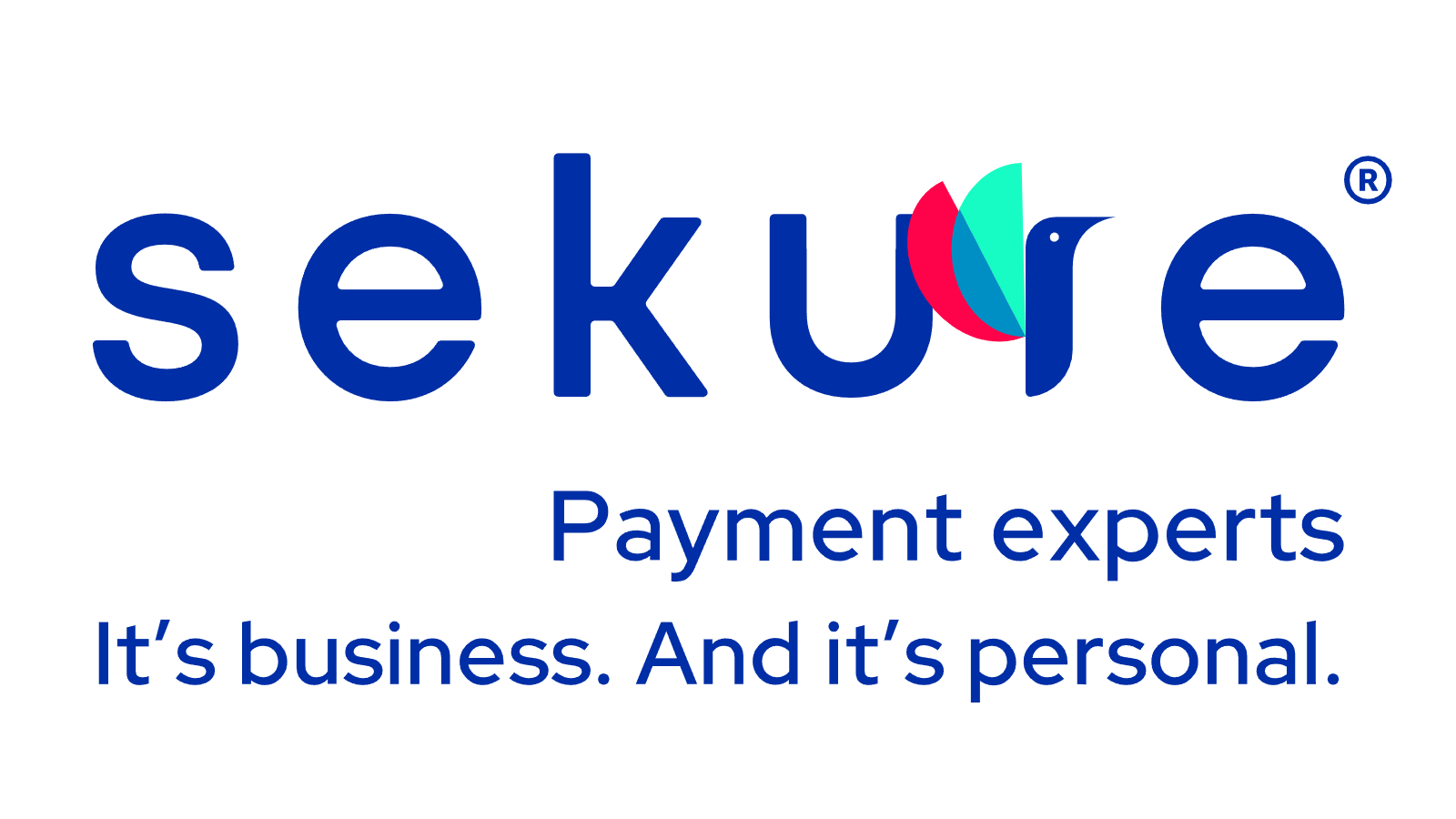Cash discount vs. surcharge: Which is right for your business?

Jump to:
Will that be cash or credit?
Credit cards are increasingly becoming the preferred payment option for consumers, but more people paying with plastic means increased payment processing costs for merchants. To help offset those fees, merchants are turning to merchant processing cash discount programs.
By offering a clear and transparent pricing structure, businesses can foster positive relationships with their clientele, who appreciate the flexibility of payment options and the potential savings associated with cash transactions. This dual benefit makes cash discount programs a strategic and customer-centric approach for merchants navigating the evolving landscape of payment preferences.
But is a cash discount the right move for your business? Read on and learn more about the main differences between a cash discount vs. a surcharge, the pros and cons and legalities of implementing these programs.
Are credit card processing cash discount programs legal?
First things first: it's essential to understand the basic premise of a cash discount program. Unlike surcharging, where customers are charged an additional fee for using credit cards, cash discount programs offer a discount to customers who pay with cash. This subtle distinction between cash discounts vs. a surcharge often plays a crucial role in determining the legality of these programs.
In the United States, for example, the legality of different types of programs largely depends on compliance with state laws and card network regulations.
Where are cash discounts legal?
Discounts for cash are permissible in all 50 states and can be offered with debit cards as well. Business owners interested in implementing new pricing programs should seek legal counsel to navigate the complex landscape of state regulations and card network guidelines. As laws and regulations are subject to change, it's crucial for businesses to stay informed and regularly update their practices to remain in compliance with the evolving legal framework surrounding credit card processing cash discount programs.
Additionally, major credit card networks, such as Visa and Mastercard, have established guidelines that businesses must adhere to when implementing cash discount programs to avoid violating their terms of service.
Legal considerations also extend to providing clear and conspicuous signage informing customers of the cash discount, ensuring transparency in the transaction process. Failure to meet these requirements could expose businesses to legal challenges and potential consequences.
Merchant processing cash discount programs are legal as long as you follow a few guidelines closely. When considering these options, it’s important to pay attention to the difference between cash discounts and surcharges. The two are used interchangeably but are not the same in practice.
Cash discounts vs. surcharge
A cash discount is simply offering a discount to customers who pay with cash instead of a credit card.
It’s critical to make your customers aware of the offer by posting signs at your store’s entrance, inside your store, and at the register that clearly states your policy. Not only does the signage inform consumers, but the signs are also required by law.
Meanwhile, a surcharge, also called zero fee processing, is posting cash prices and charging an additional fee for customers who pay with a credit card. Visa, MasterCard, Discover, and American Express allow surcharging, but each has surcharging rules that you need to follow. To add surcharges without violating your contract with the card brand, you’ll need to get the card company’s permission first.
According to Visa, surcharging is currently permitted in Australia, Mexico, and New Zealand and on certain credit card transactions in the United States. Surcharging isn’t allowed everywhere in the United States. Currently, there are laws limiting surcharging in several states, including Colorado, Connecticut, Kansas, Maine, Massachusetts, Oklahoma, and Texas.
Surcharges are typically assessed as a percentage of the sale and can only be applied to credit card transactions and not debit purchases. Surcharges are capped at your discount rate—a maximum of 4% of the pre-sales tax amount—and announced with signage posted at least 30 days in advance. Surcharging can be done with online purchases as well as in-store sales, and you must apply the surcharge to all your credit card transactions.
Pros and cons of cash discounts and surcharging
Setting up cash discounts and surcharges on credit card purchases doesn’t necessarily mean that your merchant account will no longer have processing costs. In addition to per-transaction fees, most credit card processors charge one-time, monthly, and incidental fees, such as monthly minimum fees, chargeback fees, compliance fees, and early termination fees. A surcharge of 4% on certain transactions might help to make up for transaction fees but isn’t likely to reduce other monthly fees.
Also, to be compliant with credit card rules, your POS system software must be updated to show that receipts clearly reflect a surcharge on items and that the surcharge was removed for a cash payment. You’ll also want to stay up-to-date on any changes in laws around merchant processing cash discount programs to avoid penalties.
If you are thinking about implementing a cash discount program, it’s worth considering the message your signage will send to customers. Some customers—who prefer to use credit cards over cash—may view the posted cash discount program in a negative light. If the customer doesn’t carry cash, they may decide not to buy anything from you at all.
Is a cash discount program right for your business?
A cash discount program can be a strategic move for businesses aiming to navigate the intricacies of credit card processing regulations while optimizing their financial operations. Such programs, when executed with care and adherence to legal standards, can enhance transparency and potentially help you save on credit card fees.
Whether or not a program is right for you, will depend entirely on the type of industry you operate in, your products or services and your customer’s payment preferences. The decision to implement such discounts should ultimately align with your business's financial goals, customer relationships, and overall pricing strategy.
Assessing your customer base and their payment behaviors is crucial, as some industries or clients may be more responsive to cash discounts than others. Additionally, evaluating your cash flow needs and the potential impact on profit margins is essential. While cash discounts can expedite payments, it's important to weigh the benefits against the potential revenue loss from reduced prices. Ultimately, a well-thought-out analysis of your business model, customer dynamics, and financial objectives will help determine whether a cash discount is a prudent and profitable choice for your specific circumstances.
Remember that if you decide to implement a surcharge or discount for cash, you and your payment processing company must abide by network rules. Make sure the time and effort involved in the process—and the message it sends to your customers—are worth it in the long run.
Save on credit card fees with Sekure’s Edge program
If you’re looking for ways to save on credit card fees with a new pricing program, it's crucial to stay informed about the evolving regulatory landscape. Considering reliable service providers like Sekure Payment Experts can be beneficial, ultimately giving you an industry partner that has your back. Our Payment Experts can provide support for businesses looking to implement pricing programs in a compliant manner.
Sekure’s Edge program can help businesses reap the benefits of financial optimization while adhering to legal and industry standards. The Edge is not a surcharge or a cash discount program; it’s a price increase at the item level. But instead of applying this to all your customers, you only need to apply it to those who choose to pay by credit card.
The best part? The Edge is automatic and transparent. We provide you with clear signage indicating that all items have two prices and that customers have the option to pay with cash and save. What’s more, there are no PCI compliance fees when using our free Payanywhere smart equipment.
Plus, the same flat rate is applied to every transaction, and the terminal automatically adjusts the price. Just as the platform calculates the item price, it also calculates the sales/revenue increase and simultaneously collects the sales tax increase.Curious to find out more? Talk to one of our Payment Experts today to get started.
Categories













